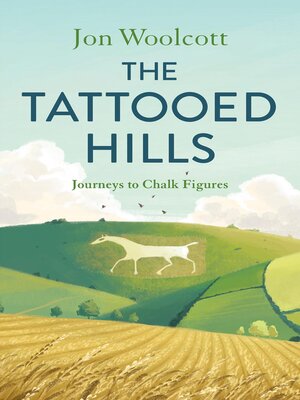
Sign up to save your library
With an OverDrive account, you can save your favorite libraries for at-a-glance information about availability. Find out more about OverDrive accounts.
Find this title in Libby, the library reading app by OverDrive.



Search for a digital library with this title
Title found at these libraries:
| Library Name | Distance |
|---|---|
| Loading... |
Across Britain, and especially in the southern chalklands, is a series of figures cut into the hills, exposing the chalk beneath. These hill-figures are strange, mysterious, and sometimes controversial. They are of varying and often contested age, and vague purpose. They are horses, giants, crosses, a lion, a lost panda, crowns, a kiwi, regimental badges. They are often sited near ancient trackways, iron age earthworks or dissolved monasteries, and or close to stone circles. Some are faded or lost, their names preserved only in the names of valleys or hills.
Humans have long decorated their landscapes, but chalk hill figures are, almost uniquely, a feature of the English downland. This means they are sometimes seen as emblematic of Englishness, celebrated by poets, writers, artists and musicians. The book is a portrait of the places where these figures dominate, bringing in history, politics, literature, music, film and TV, but with a light touch. The Tattooed Hills isn't a nostalgic elegy for England, instead it uses the figures as a lens through which to explore the land and delves into more troubling undercurrents – the way that chalk hill figures have sometimes been appropriated, in an attempt to pin down a narrow definition of Englishness and belonging.
Chalk carvings are signals for our identity and identities, and that their long history, the way they have inspired artists, musicians and writers, and the communities that live in their shadows, offer an alternative way of thinking about ourselves. Often created as memorials for historical events, their meanings, like their shape, have shifted over the years, these new interpretations reflecting our changing society and values. They are beacons on the hills, they speak to us and of us, no matter where we live or where we're from.







